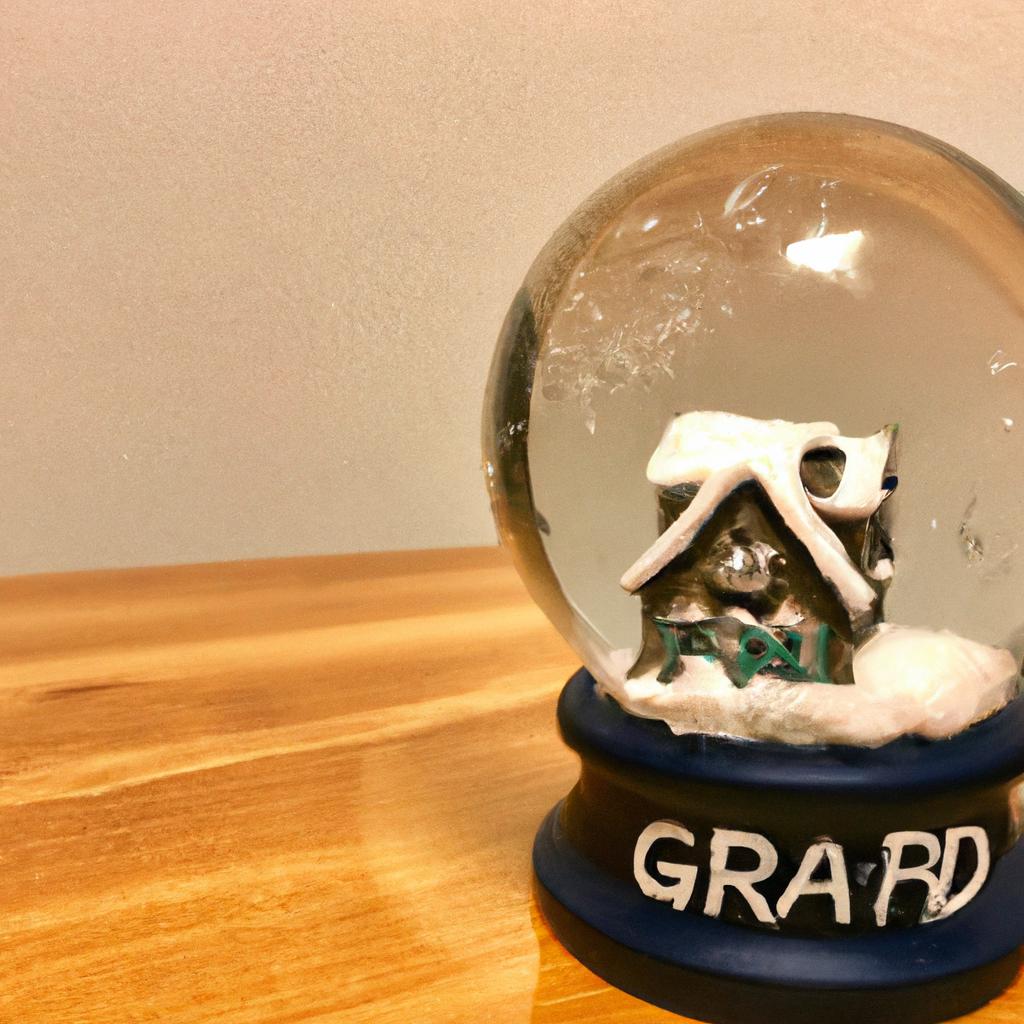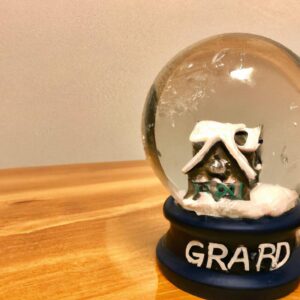Introduction to Ski Trip Budgeting
A ski trip is a great way to get out and enjoy winter activities with friends and family. But like any vacation, planning ahead and budgeting are essential to making sure you have an affordable and enjoyable time. From selecting the right destination to managing expenses during and after the trip, it helps to have an understanding of ski trip budgeting.
This guide will explore the benefits of budgeting for a ski trip, as well as provide tips and advice on how to make your experience more affordable. From identifying necessary costs to avoiding costly mistakes, you’ll learn ways to keep your ski trip within budget.
Benefits of Ski Trip Budgeting
Budgeting for a ski trip can offer numerous advantages. Planning ahead and budgeting for all the expenses can help you maximize your vacation time while still staying within your budget. A well-thought out budget can help make sure important costs, such as ski rentals, lift tickets, and lodging don’t get overlooked. Additionally, it can help ensure that any extras like dining out or skiing lessons are accounted for and leave you free to enjoy your vacation.
Creating a budget also allows you to take advantage of discounts and deals that can help you save on the cost of your ski trip. Planning ahead and researching these options will help you stay within your financial means and get the most out of your vacation. With careful planning and budgeting, you can make sure your ski trip is an enjoyable and affordable experience.
Identifying Costs for a Ski Trip
Planning a budget for a ski trip can seem daunting, but by identifying the necessary costs you can help ensure that you don’t overspend. The main expenses associated with a ski trip are equipment, lodging, and transportation.
Equipment
Skiing is an equipment-intensive activity, and it is important to account for the cost of renting or buying necessary gear. This includes skis, boots, bindings, poles, and helmets. If you plan to buy your own gear, make sure it is suitable for your skill level and skiing style. Additionally, consider the cost of ski clothing such as jackets, pants and gloves.
Lodging
When considering lodging costs for a ski trip, think about what type of accommodation you would prefer. Options range from resorts and motels to private vacation rentals and cabins in the woods. There are also options available for those looking to camp out at night and ski during the day. Depending on the type of accommodation you choose, you may be able to save money by booking early and taking advantage of weekly/monthly rates.
Transportation
The cost of getting to and from a ski resort can be significant. Most people opt for flying, which can easily add up if more than one person is traveling. Alternatively, you may be able to drive to ski resorts in nearby states or provinces. Be sure to factor in gas, tolls, parking, and other additional costs. You may also need to consider the cost of an airport transfer or car rental when comparing trips.
Setting a Realistic Budget
When it comes to planning your ski trip budget, it’s important to understand the costs of each component involved. That way, you can manage your expenses and make sure you are getting the most out of your vacation. To help you get started, here are some steps to ensure your budget is realistic and achievable:
- Create a list of all the components of your ski trip such as lodging, transportation, food, rentals and any additional activities.
- Research the average cost of each component and determine your total cost.
- Evaluate your income or available funds and calculate how much you can afford to spend on the trip.
- Set aside additional funds for unexpected expenses that may arise.
- Calculate a daily budget and keep track of your spending throughout the trip.
By following these steps, you will have an attainable budget that ensures your ski trip is both affordable and enjoyable.
Managing Expenses Before the Trip
Planning a ski trip can be costly, but there are several ways to save money before you even leave for your vacation. With some thoughtful budgeting and a bit of research, you can find deals on transportation, equipment, and lodging that will help you make the most out of your trip.
One great way to save money is to take advantage of early bird discounts. Many resorts and airlines offer discounts for booking trips well in advance. Taking the time to plan ahead can save a lot of money in the long run.
Try to avoid booking flights at peak times, such as holidays or weekends. Flights during off-peak times usually cost less, so you can save money while still enjoying your ski vacation.
You can also save money by taking advantage of package deals when booking flights, lodging, and other activities. For instance, many resorts offer package deals on lift tickets, rental equipment, and lodging. These packages can add up to significant savings.
Finally, consider alternative accommodations such as Airbnb or private homes. By staying in a place with a kitchen, you can save money by cooking meals at home instead of eating out for every meal.
By taking advantage of early bird discounts, package deals, and alternative accommodations, you can save money on your ski trip before it even starts. With careful budgeting and research, you can stretch your budget and maximize your time at the slopes.
Creative Payment Solutions
When looking to save money when booking a ski trip, there are many creative payment solutions available. A few methods include:
- Taking advantage of early bird specials: Many resorts and hotels offer discounts for booking in advance. It pays to plan ahead!
- Credit card rewards programs: Many credit cards offer rewards programs that can be used to pay for part or all of the ski trip.
- Bartering: Bartering is a great way to save money. You may be able to trade a service or item you have for something you need on your ski trip.
- Shopping around: Compare different online sites and services to get the best deal on lodging, equipment, and other necessities.
These are just some of the creative solutions to paying for a ski trip. With a little bit of research and ingenuity, you can save a lot of money when booking your ski vacation!
Avoiding Costly Mistakes
When it comes to skiing trips, there are plenty of potential mistakes that could end up costing you more money than you planned for. Here are a few examples of ways to avoid costly mistakes:
- Research the different ski resorts and prices to get the best possible deal.
- Avoid buying skis or other equipment at the last minute when prices are typically higher.
- Pre-book your ski lift tickets in advance to save money.
- Skip unnecessary extras such as meals out and expensive drinks.
- Be aware of resort fees and taxes as they can add up quickly.
By avoiding these mistakes, you can reduce the amount of money wasted on an expensive ski trip. With a little planning and research, it is possible to find affordable accommodations and activities that will make your ski vacation an enjoyable and memorable experience.
Caring for Ski Equipment
Properly caring for ski equipment is essential to making sure your gear lasts and minimize repair costs. Depending on the type of skis you have, there are certain steps that should be taken in order to keep them in the best condition possible.
If you have wooden skis, make sure to avoid getting them wet. Wet skis can warp and affect the overall performance of the ski. Keeping them dry after each use will ensure they last longer. Also, regularly inspecting for cracks and broken edges is recommended.
For metal skis, waxing should be done before each use. This will help protect the components of the ski and give it a smoother ride. On top of waxing, check for any dents or scratches that could affect the skiing experience.
- Avoid getting wooden skis wet.
- Regularly inspect wooden skis for cracks and broken edges.
- Wax metal skis before each use.
- Check metal skis for dents and scratches.
Caring for ski equipment is a fundamental part of having an enjoyable and safe skiing experience. Make a habit of cleaning and inspect your equipment between each use and take the necessary precautions to keep it in excellent condition.
Maximizing Your Money During the Trip
A ski trip can be an expensive venture, so it’s important to maximize your money to get the most out of your journey. Here are some tips to help you do just that:
- Take advantage of coupons and packages available. Many resorts offer special deals throughout the year so be sure to do your research on what discounts are available.
- Barter with local shops. If you are looking to buy or rent skiing equipment, the local vendors are often willing to offer discounts for cash purchases.
- Bring your own food. Eating out everyday can add up quickly, so bringing your own food from home is a great way to save money.
- Look for free activities. Many resorts offer free activities such as concerts, moonlight skis, and movie nights.
- Travel during off-peak season. If you are able to schedule your trip during an off-peak time, you can often find cheaper flights and discounted rates at resorts.
By taking advantage of all the savings options available, you can make your ski trip budget-friendly while still having the best time possible.
Post-Trip Expenses
Once you’ve returned from your ski trip, there may be additional costs that arise. It’s important to be mindful of refueling your vehicle, in case you drove to the ski destination. Additionally, if you flew to the ski resort, you’ll need to purchase airfare back home. You should also take into account other means of transportation such as a rental car or shuttle service.
You may also need to consider any additional fees incurred during the trip. These may include resort fees, parking, and even food costs if you are not on an all-inclusive package. Be sure to ask about any hidden charges to help manage your finances better.
Ways to Stretch Your Ski Trip Budget
When it comes to a ski trip, budgeting is essential. With the right tips and tools, you can stretch your budget and still have a great time. Here are some ways to save money:
- Bartering: Shop around for deals and consider bartering with vendors. It never hurts to ask if they can do better than the price they offered.
- Cutting Back: Double check your list of what you plan to bring and only bring what you absolutely need. Don’t be tempted by those impulse buys before your trip.
- Shopping Around: Compare prices for items such as lodging, food, entertainment, and transportation before you commit to one option. Comparison-shopping can save you a lot of money.
By following these simple tips for stretching your ski trip budget, you can make sure you get the most out of your vacation without breaking the bank.
Conclusion – Achieving an Affordable Ski Trip
So, you want to go skiing at a reasonable price. It is definitely possible to have a great ski vacation without breaking the bank. Start by setting a realistic budget that includes all of your essential expenses. Next, get creative with your payment methods and maximize your money during the trip with coupons, discounts, and packages. Finally, take care of your equipment to avoid costly repairs and stretching your budget by shopping around.
With proper planning and budgeting, you can make your ski trip both enjoyable and affordable. So pack your bags, get ready for the slopes, and enjoy your ski trip!
comments: 0

